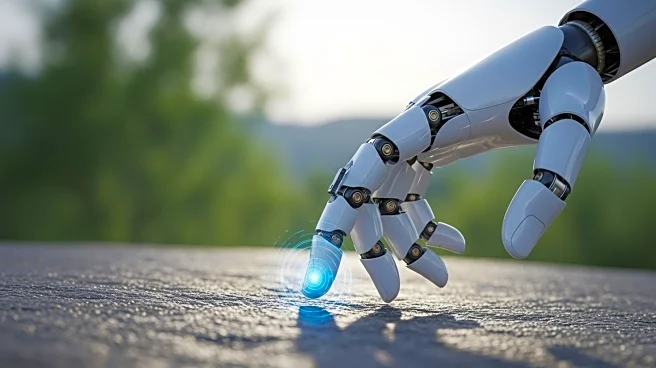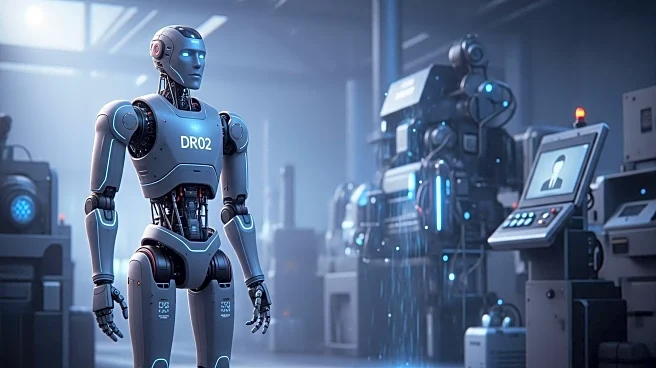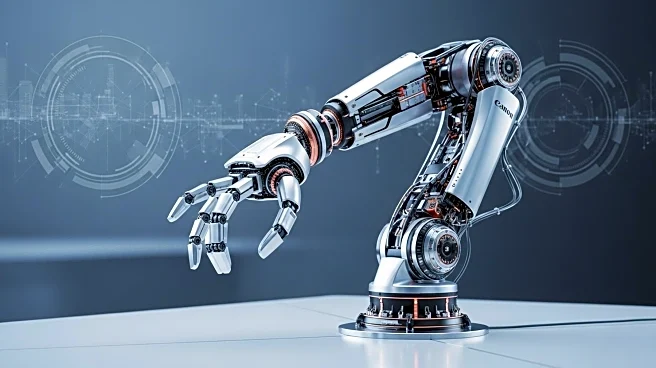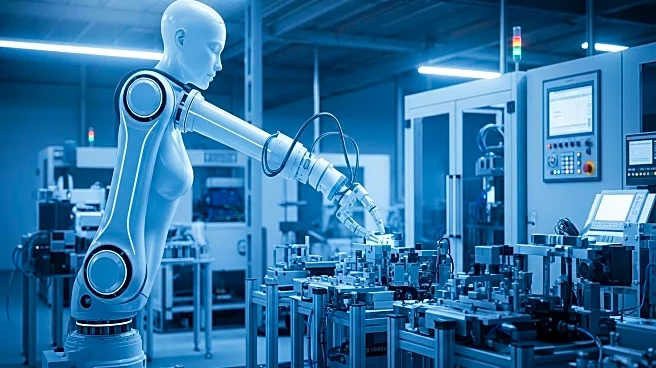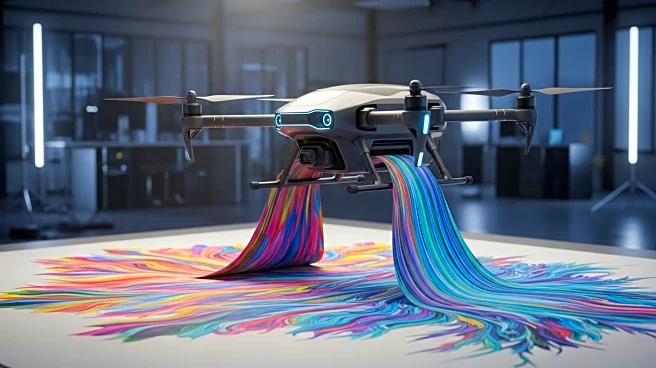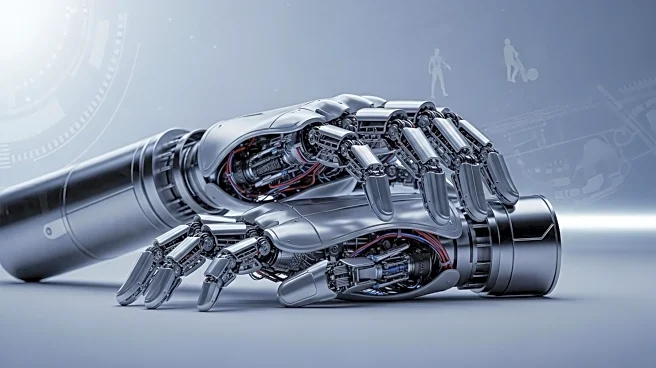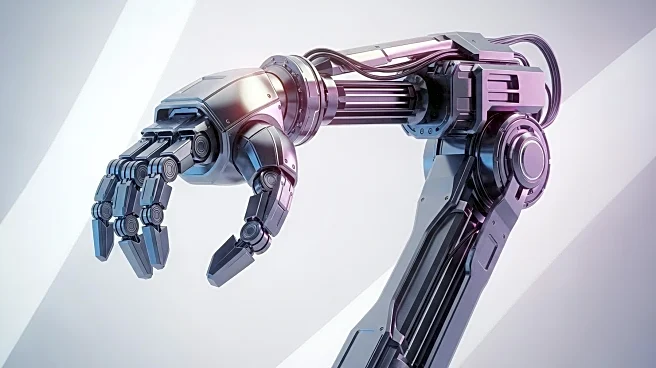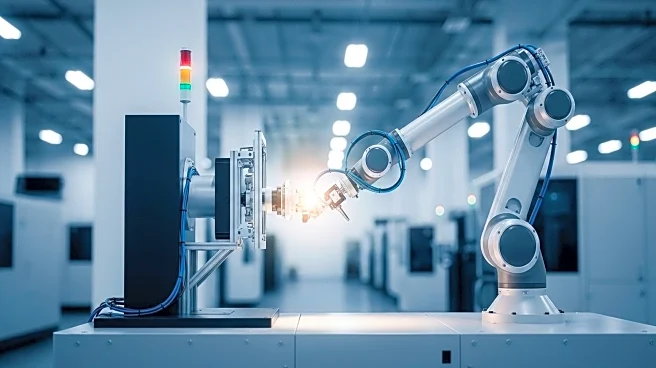What's Happening?
A recent study published in Nature outlines the DENSE protocol, a novel approach for collecting dense and diverse tactile data to improve slip detection in robotic grasping. The protocol involves generating valid grasp poses, executing robotic object grasps, and collecting tactile data using a uSkin tactile sensor on an EZGripper. The study aims to enhance the variability and generalization capabilities of tactile slip detection models by using a diverse set of objects and grasp configurations. The research highlights the importance of capturing both slip and stable grasp behaviors to train classifiers effectively.
Why It's Important?
The development of the DENSE protocol is significant for advancing robotic grasping technology, which is crucial for automation in industries such as manufacturing and logistics. By improving slip detection, robots can handle objects more reliably, reducing errors and increasing efficiency. This advancement could lead to broader applications of robotics in complex tasks requiring delicate handling, potentially transforming sectors that rely heavily on manual labor. The protocol's ability to generalize across different objects and grasp poses also suggests potential for more adaptable robotic systems.
What's Next?
The study suggests further testing and validation of the DENSE protocol across various robotic platforms and object types to refine its effectiveness. Future research may focus on integrating this protocol into commercial robotic systems, enhancing their capability to perform tasks in dynamic environments. Additionally, collaboration with industry partners could accelerate the adoption of this technology, leading to more robust and versatile robotic solutions.
Beyond the Headlines
The DENSE protocol raises ethical considerations regarding the displacement of human workers in industries adopting advanced robotic systems. It also prompts discussions on the legal implications of robotic decision-making in environments where human safety is a concern. Long-term, this development could influence cultural perceptions of robotics, shifting from viewing them as mere tools to integral components of everyday life.
